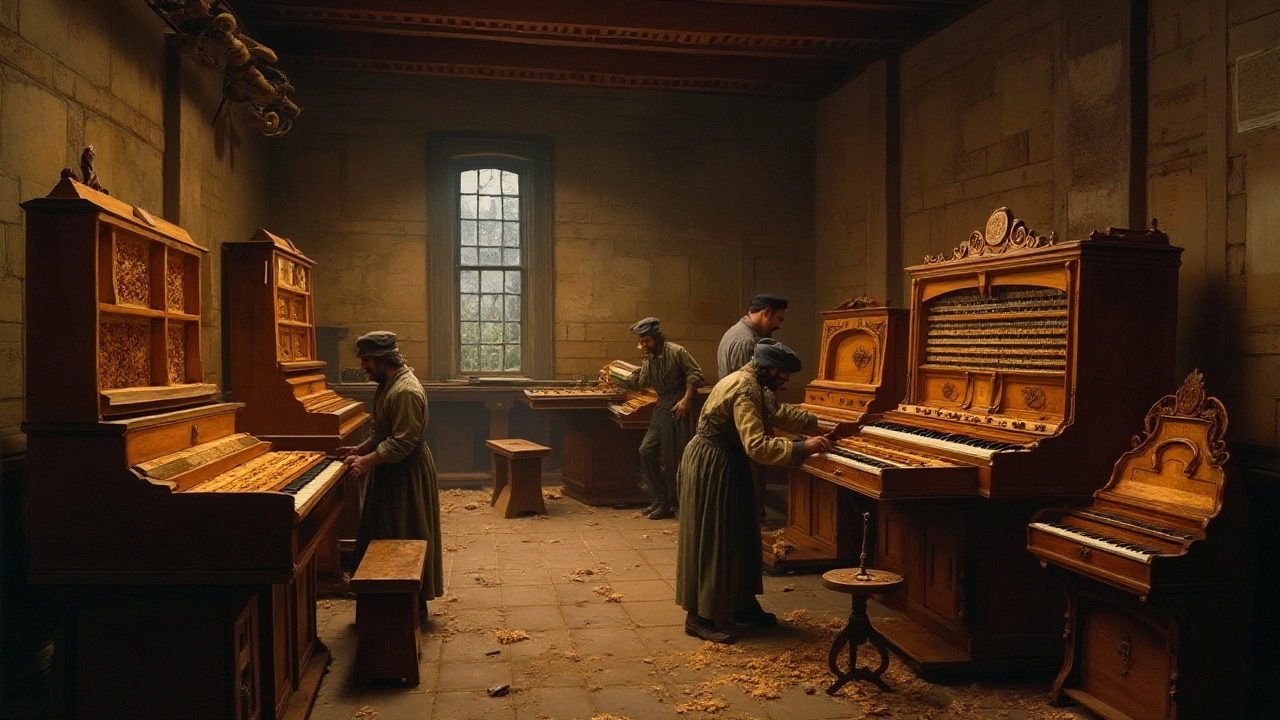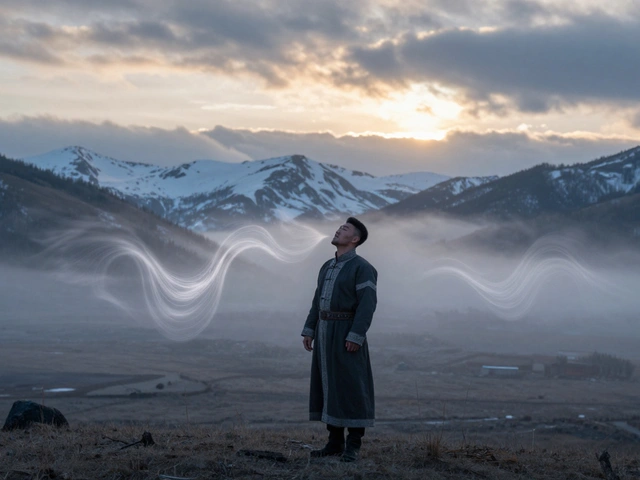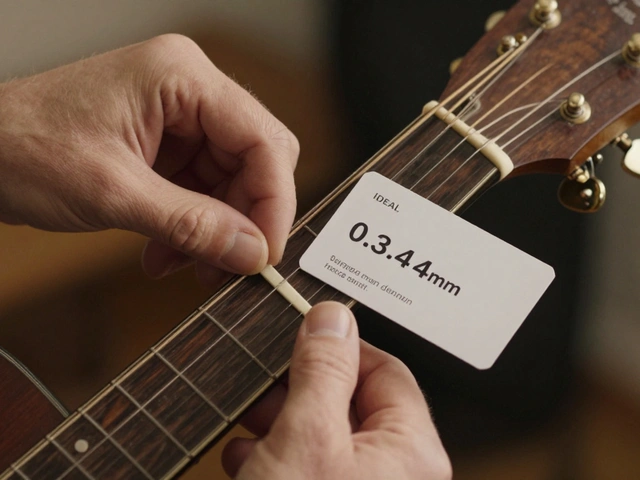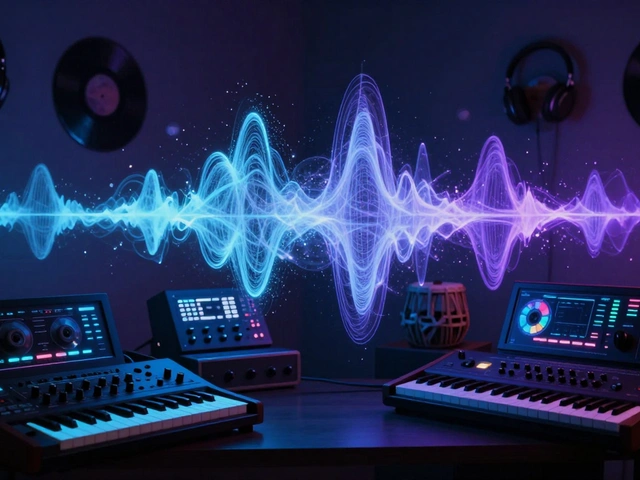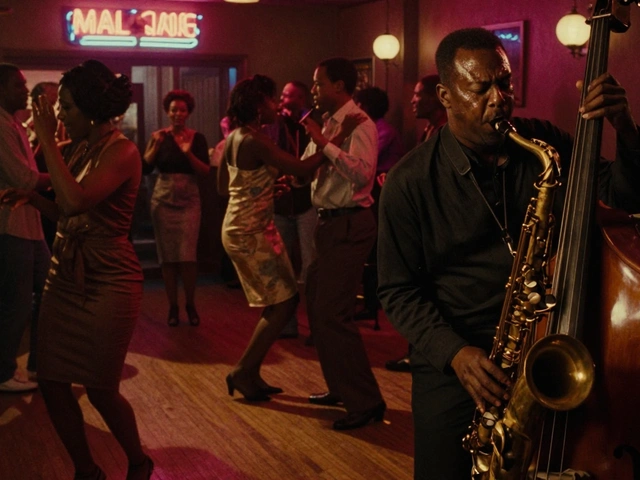The piano, an emblem of musical versatility and a centerpiece in homes around the world, owes its existence to an intriguing history of transformation and innovation. From the ornate harpsichords of the Renaissance to today’s sleek digital models, each iteration has responded to the changing tastes and technologies of its time. But what triggered this evolution? Why did musicians and enthusiasts demand these continuous changes?
Over the centuries, the piano's transformation was often sparked by the relentless pursuit of a more dynamic sound and greater expressive range. Musicians craved an instrument capable of both the subtlety of a whisper and the force of a storm, a challenge that early harpsichord makers were eager to tackle. Come along as we delve into the history inscribed in the piano's keys, from its early iterations, through its 19th-century glory, to the state-of-the-art digital pianos that embody a whole orchestra within their circuits.
Harpsichord Origins
To truly appreciate the evolution of the piano, we must journey back to the 14th century where its ancestor, the harpsichord, first strummed its way into music history. The harpsichord, admired for its intricate and decorative design, was the mainstay of European music rooms, reigning as the favored instrument well into the Baroque era.
The Early Days
Originating in the late Middle Ages, the harpsichord was recognizable for its keyboard mechanism in which strings were plucked rather than struck. This method produced a bright, twangy sound that resonated well in smaller, more intimate settings. Unlike the modern piano, the sound dynamics of the harpsichord were limited, providing little variation in volume regardless of how forcefully a key was pressed.
The earliest known reference to a keyboard instrument dates to 1397, mentioning an instrument strikingly similar to the harpsichord. By the 16th century, harpsichords were widely popular across Europe, each region developing distinct styles and tonal preferences.
Technical Details
The construction of a harpsichord was a testament to the craftsmanship of the time. Its frame and soundboard supported a finely engineered action where quills plucked the strings, controlled by keys. Despite the ingenuity, the inability to control dynamics impeded expressive potential—something musicians gradually sought to change.
The renowned harpsichord maker, Johann Sebastian Bach, once remarked, "The harpsichord is like a peacock, splendid but unable to inflect its song as a nightingale might," highlighting the juxtaposition of beauty and constraint within its sound.
Impact on Modern Piano
As European music evolved, so did the demand for instruments with a broader dynamic range and a richer expressive capacity. This necessity drove inventors to modify the harpsichord, experimenting with ways to impact its tones, leading ultimately to the creation of the pianoforte. The piano's direct lineage to the harpsichord underscores the perpetual nature of innovation in music, each breakthrough paving the way for boundless creative expression.
Table showcasing the evolution of elements in keyboard instruments:
| Year | Development | Significance |
|---|---|---|
| 14th Century | Harpsichord emerges | First plucked keyboard instrument |
| 16th-17th Century | Regional Variations | Unique styles enhance popularity |
| 18th Century | Development of Pianoforte | Lays groundwork for modern piano |
The Birth of the Pianoforte
In the early 1700s, Bartolomeo Cristofori, an Italian instrument maker, revolutionized music with the invention of the pianoforte, often simply called the piano. Unlike the harpsichord, which plucked strings, Cristofori's piano used hammers to strike them, allowing for dynamic control of volume — a breakthrough in musical expression.
Technical Innovations
Cristofori's genius lay in his innovative hammer mechanism, which allowed for both soft and loud playing, resolving a limitation that had frustrated musicians for decades. The action used a complex mechanism known as the 'escapement', allowing hammers to strike and retreat from the strings swiftly, ensuring clarity in repeated notes. This development coincided with a growing desire for more expressive music during the Baroque period.
To illustrate Cristofori’s influence, a surviving Cristofori piano, dating back to 1720, can be found in New York's Metropolitan Museum of Art, a testament to its sturdy construction and ingenuity.
"Cristofori’s invention was a visionary leap forward — akin to the first flight of the Wright brothers," remarked music historian Robert Palmer. "It launched the piano on its journey to becoming the most versatile instrument in Western music."
The Rise in Popularity
News of the pianoforte spread through Europe, initially capturing the interest of Italy's elite before reaching Germany, France, and England. By the mid-18th century, the piano had become a fashionable addition to the homes of European aristocracy. Composers like Johann Sebastian Bach began experimenting with its capabilities, although it was not until his son, Carl Philipp Emanuel Bach, that the piano found its first dedicated champion.
As demand grew, piano makers in Europe sought to enhance Cristofori’s original design. By the late 18th century, builders such as Johann Andreas Stein in Germany and Sébastien Érard in France were crafting pianos that would become iconic for their robustness and wider range of tones.
- Freed Periods: Protégé of Cristofori, Domenico del Mela, was among the pioneers of piano building in Florence, advancing the instrument’s range.
- Country Music Influences: Italian composers like Domenico Scarlatti began incorporating piano in their compositions, pushing the boundaries of its musical expression.
Eventually, the piano moved out of courtly salons into concert halls, thanks to its improved range and volume, laying the groundwork for the Romantic Era’s grand symphonies and solo performances.
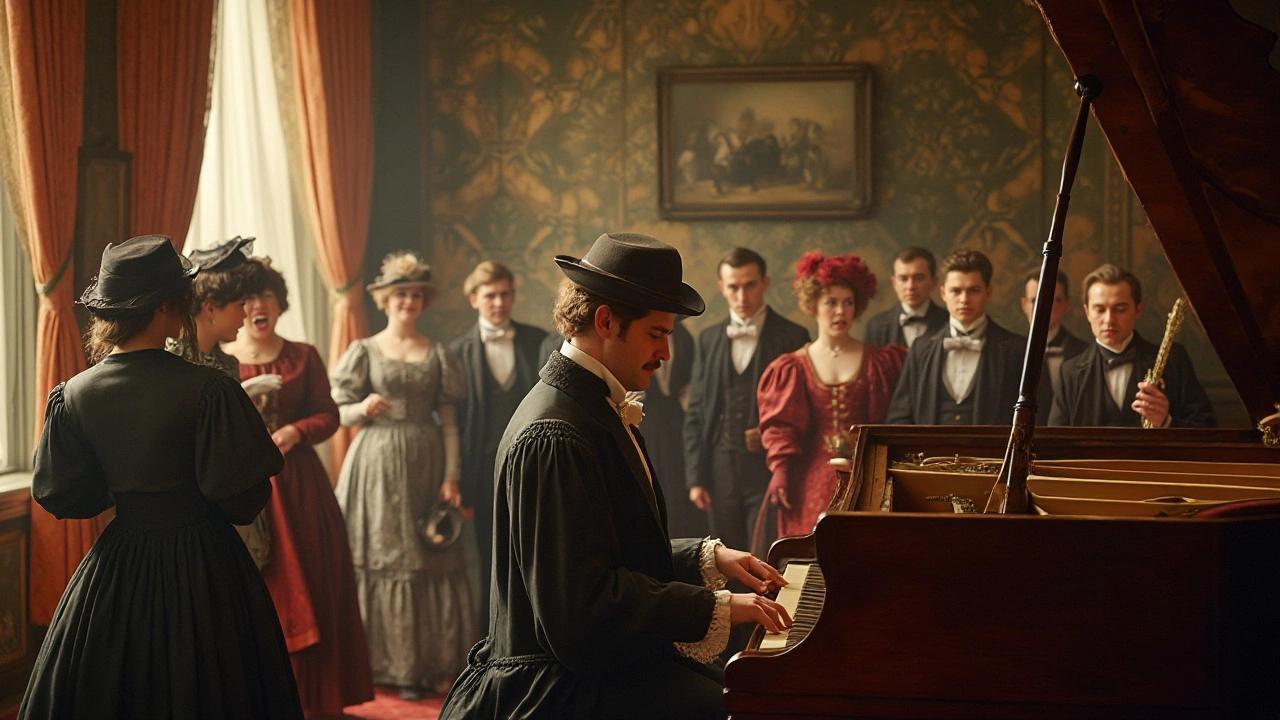
20th Century Transformations
The 20th century was a period of dramatic change for the piano, much like many other aspects of life during this time. As the world underwent rapid industrial and technological advancement, so too did this cherished instrument. The traditional acoustic pianos faced a series of innovative additions and alterations that transformed their sound and manufacturing processes, pushing them toward modernism.
Revolutionizing Sound and Structure
One of the most significant shifts was the improved steel frame design in the early 1900s, allowing pianos to withstand higher string tension. This advancement led to more robust and resonant sounds, establishing the foundation of what’s known today as the modern grand piano. Notable patent holders, including the renowned Steinway & Sons, pioneered these enhancements, helping grand pianos attain the power and dynamic range desired by both classical and contemporary composers.
The Electric Piano Emerges
The 1930s introduced a revolutionary offshoot—the electric piano. When Harold Rhodes developed his iconic Rhodes piano in the 1940s, it fundamentally altered musical landscapes. It became celebrated in jazz, rock, and beyond for its distinctive "bell-like" tone. The electric piano expanded the expressive possibilities for musicians across the globe.
"The spirit of the piano makes it more than just keys and strings—it’s about evolution and innovation," said music historian Julian Beechwood, highlighting the instrument’s journey through changing eras.
Mass Production and Accessibility
The mid-20th century also witnessed the industrial scaling of piano production. This democratized access and introduced pianos to a wider audience. Brands like Yamaha and Kawai flourished by incorporating both traditional craftsmanship and modern industrial techniques, making pianos both affordable and of high quality.
Decade-by-Decade Evolution
The later decades of the century brought forth digital pianos. They modeled acoustic pianos in size and feel but introduced features such as volume control, portability, and a range of voices and effects, suggesting further versatility. By the 1980s, advancements in MIDI technology enabled new interactions between pianos and other electronic instruments, propelling once-unimaginable sonic possibilities.
- 1920s: Introduction of new tonal ranges and sturdy constructions.
- 1940s: Rise of electric pianos with unparalleled sound.
- 1950s-70s: Mass production and standardization.
- 1980s: Integration of digital interfaces and sampling.
Thus, the 20th century embodied a pivotal era for piano innovation. These transformations not only catered to the shifting musical tastes of the time but also paved the way for current-day pianos, influencing instrument design and musical style profoundly.
Digital Innovations
The journey of the piano's evolution reached a pivotal moment with the advent of the digital age. In the latter half of the 20th century, technological advancements began reshaping the musical landscape. The mechanical complexity and bulkiness of traditional pianos gave way to the sleek convenience of digital piano models, which brought unparalleled flexibility to musicians around the globe.
Digital pianos first emerged as a practical alternative for those seeking a versatile instrument that could easily fit into modern urban living spaces. Unlike their acoustic cousins, these instruments didn't require regular tuning, were highly portable, and boasted an array of sound options far exceeding traditional limitations. Such innovations were a boon for both professional musicians and amateurs alike, providing access to a variety of sounds at the press of a button.
The Birth of Digitized Sound
The first digital pianos, introduced by brands like Yamaha and Roland, relied heavily on sampled sounds. These sampled sounds were high-quality recordings of acoustic pianos played back digitally, offering a realistic audio experience without the need for strings or hammers. The Yamaha Clavinova series, launched in 1983, set a new standard for digital instruments, establishing a framework that would be refined and expanded upon in subsequent years.
As technology advanced, so did the sampling techniques, resulting in more authentic and expressive sounds. Companies invested in developing proprietary audio engines, such as Roland's SuperNATURAL and Korg's Real Weighted Hammer Action, which dramatically improved the tonal and tactile realism of digital pianos.
"Digital pianos have become a canvas where technology meets artistry, granting musicians the ability to explore vast musical horizons." - Music Technology Review
The Power of Connectivity and Learning
One of the most revolutionary aspects of the digital piano is its ability to interface with other technologies. MIDI (Musical Instrument Digital Interface) and USB connectivity allow digital pianos to communicate with computers and other digital devices, opening up a realm of opportunities for music production and learning.
Many digital pianos now come equipped with learning features, such as built-in metronomes, recording capabilities, and connectivity to music learning apps. This integration facilitates practice and provides immediate feedback, fostering a new generation of musicians who can learn at their own pace from the comfort of their homes.
Statistics and Market Insights
According to a recent survey by the Music Trades magazine, the digital piano market has been expanding rapidly, with a growth rate of over 6% annually. The affordability and convenience of digital models have made them increasingly popular among millennials, reflecting a shift in how modern music is taught and experienced.
| Year | Global Sales (in millions) |
|---|---|
| 2020 | 1.8 |
| 2021 | 1.9 |
| 2022 | 2.0 |
As we look to the future, the melding of AI and digital sound synthesis promises even greater advancements. Imagine a digital piano that adjusts its timbre and dynamics in real-time based on a player's technique and emotion. These digital innovations ensure that the piano remains an enduring and adaptable instrument for generations to come.

